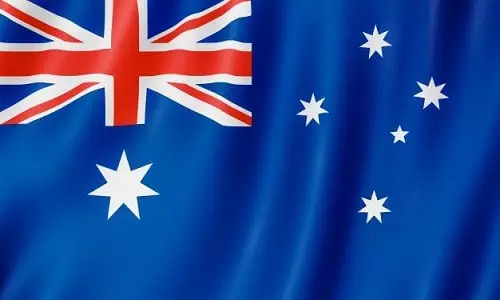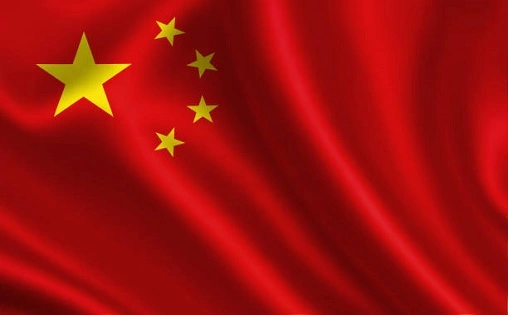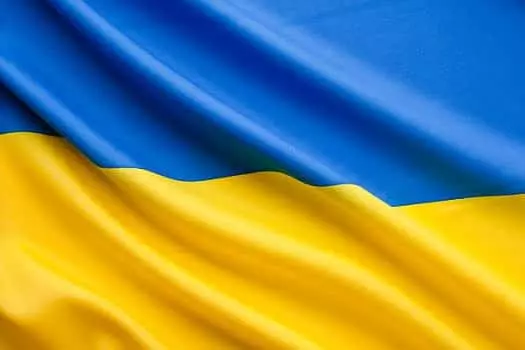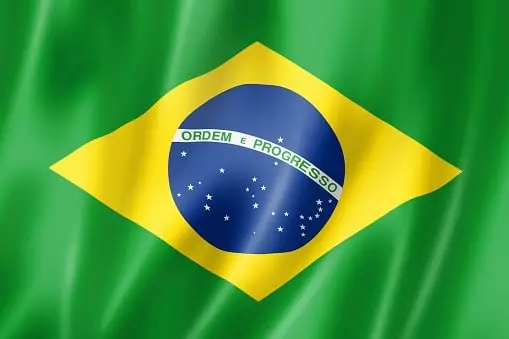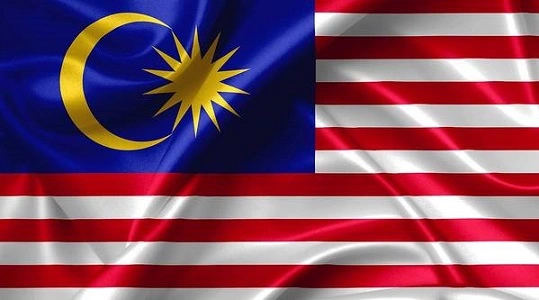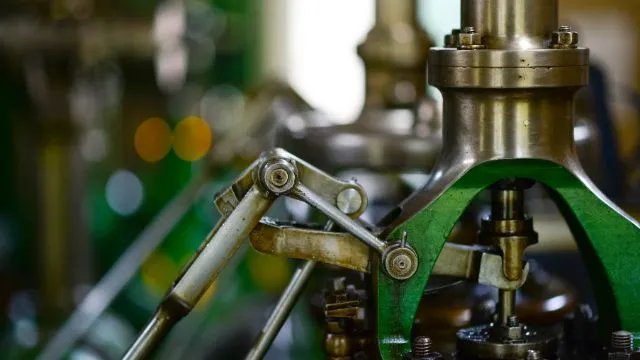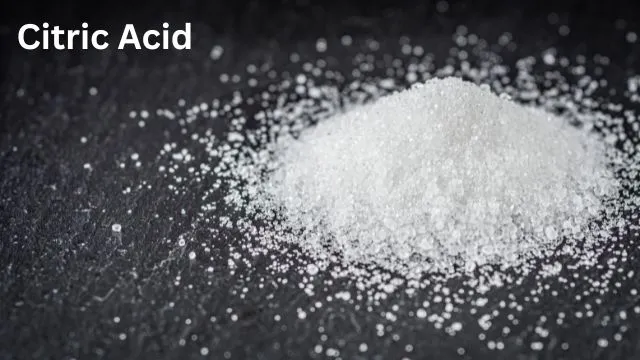Manganese is typically used by the steel industry. When iron ore is transformed into iron, manganese eliminates oxygen and sulfur. It is hence a crucial alloy in the transformation of iron into steel. Although it is typically too brittle to just be useful for structural purposes on its own, it is a crucial ingredient in the production of steel because it helps the metal gain valuable physical qualities by removing impurities like oxygen and sulfur. To select nonferrous alloys as pure metal, it is added for these purposes; nevertheless, it is most frequently used as a silicomanganese or ferromanganese alloy.
Clear glass, steel that has been desulfurized and deoxidized, and gasoline with a lower octane rating are all made with manganese. Additionally, it serves as a dark-brown pigment for paint as a filler for dry cell batteries. According to Chemicool, its alloys aid in stiffening the aluminum in soft drink cans.
The carbonate ore of manganese is called rhodochrosite and the oxide ores pyrolusite, manganite, romanechite, and hausmannite are the most significant sources of manganese. The oxides are usually encountered with silicate ores rhodonite and braunite. Only ores with a manganese content of at least 35% are thought to be commercially viable. Impurities include metallic “gangue oxides” such as silica, magnesia, lime, and alumina which, except for silica, typically stay in the slag after smelting. Nonmetallic elements like phosphorus, sulfur, and arsenic are also considered impurities.
Largest Producers of Manganese in the World
So now, let’s take a look at the list of the 10 largest nations producing manganese in the world.
1. South Africa
By far the biggest producer of manganese in the world, South Africa takes the top spot in this list. Its manganese production increased by about 1 million metric tonnes in 2021. (MT). With 7.4 million MT of manganese in 2021, the nation also has the biggest manganese deposits. The Kalahari Desert, which is thought to hold more than 70% of the world’s manganese deposits, is where the majority of the mining takes place in South Africa. In some areas of the nation, manganese mining is the main source of employment and generates millions of dollars.
In the manganese industry of South Africa, South32 is a significant player. Along with other in-demand minerals, this diversified mining country also produces bauxite, alumina, thermal coal, and metallurgical coal. Hotazel Manganese and Metalloys Mines make up South Africa Manganese which is one of the company’s four South African operations. 80 percent of the world’s known manganese ore reserves are found in the manganese-rich region Kalahari Basin, where the Hotazel mine is situated.
2. Gabon
Gabon, a country in central-western Africa, ranked second in manganese production in 2021. The nation that produces manganese was in charge of producing manganese of 3.6 million MT, a slight rise from 3.31 million MT the year before.
A significant manganese production in the nation happens in Moanda. The mine is run by COMILOG, a subsidiary of ERAMET, the second-largest producer of high-grade manganese ore in the world.
The experiences of those who live in Moanda provide insight into the expanding influence of the manganese industry on communities. The population of the village, which once had 500 residents, is thought to have increased more than 100 times since Comilog began doing business there.
3. Australia
Australia is the third-largest producer of manganese in the world, with an annual production of roughly 3.3 million tonnes. In comparison to the year before, Australia’s manganese production remained constant in 2021. Despite being a significant producer of manganese in South Africa, South32 also operates a manganese mine in Australia.
The largest manganese ore producer, South32, owns a 60 percent share in a manganese mine in the Northern Territory that is run by its subsidiary, GE Mining Company. One of the cheapest sources of manganese ore in the world is the open-cut manganese mine. In the project, Anglo American is the other 40% stakeholder.
The miner also owns TEMCO, which produces ferromanganese used in the production of steel, as well as the TEMCO manganese alloy facility.
4. China
China produced 1.3 million MT manganese in 2021, ranking fourth among all producers. This is however a slight decline from the 1.3 million MT of manganese that the country produced in 2020.
As previously indicated, the nation not only participates in the production of manganese ore but is also a significant consumer of the metal due to its extensive use in the production of steel.
Although they have not yet been developed, several sizable manganese resources were purportedly found in Guizhou province in 2017. The United States Geological Survey does not account for them when estimating China’s manganese reserves, which are the sixth largest in the world at 54 million MT.
5. Ukraine
The fifth-largest producer of manganese is Ukraine. The nation produced 670,000 MT manganese in 2021, up over 100,000 MT from the figures for 2020. Ukraine, like several of the other nations on the list, is a significant importer of manganese-related goods, particularly manganese ore.
With 140 million MT of manganese ore reserves, the nation is one of the top five globally. One-third of the reserves have been explored, and they are located in the Nikopol basin. Significant amounts of titanium, coal and iron ore are also present in Ukraine. Without a doubt, Russia’s war in Ukraine will affect the nation’s capacity to produce manganese in 2022.
6. Ghana
On number 6 we have Ghana. Ghana produced 640,000 MT of manganese in 2021, a small increase over the 637,000 MT of manganese it produced in 2020. The western region is where the majority of the nation’s manganese is mined.
One of the top four manganese producers in the world by volume is Consolidated Minerals, also known as Consmin, a division of the NTM Industry. It owns a 90% share of the Ghana Manganese Company, which is known to operate the Nsuta mine.
7. India
India ranked seventh in the world for manganese production in 2021. The leading nation for manganese production contributed 600,000 MT of manganese, down from 632,000 MT in 2020.
India is one of the major producers of manganese in the world as well as among the top consumers, along with China and Brazil. The majority of the manganese produced in India is used to make steel.
Unfortunately, that could cause issues for India in the future because, as reported by the IMM (Indian Ministry of Mines), India is currently experiencing a manganese shortage for the production of steel.
8. Cote d’Ivoire
Cote d’Ivoire is ranked eighth in terms of the top-producing nations for manganese. The country of West Africa produced 500,000 MT of manganese in 2021, which is a slight decrease from 525,000 MT when compared to the year before.
Exports of manganese occur from Cote d’Ivoire and go to China, the world’s largest producer of steel.
9. Brazil
On number 9, we find Brazil. Brazil’s manganese output fell from 494,000 MT in the year 2020 to 400,000 MT in 2021. The biggest miner of manganese in the nation is Vale, which controls 70% of the market. The Azul mine, according to the firm, provides 80 % of the total of its manganese needs.
Brazil is a major producer of manganese as well as a consumer, similar to China. According to the Visual Capitalist from 2015, the agriculture industry in Brazil may eventually use a significant amount of manganese that Brazil currently uses. The nation is a significant exporter of agricultural goods, but the land that it utilizes to grow those goods contains little manganese. As a result, manganese demand in the country is anticipated to increase.
10. Malaysia
Malaysia acquires the 10th position in Manganese Production in the world. In 2020, Malaysia produced 360,000 MT of manganese, a slight rise from the 347,000 MT produced the year before. A new production center for manganese ferroalloys has just appeared in the nation.
According to the US Geological Survey, Malaysia produces 14 percent of the manganese that is imported into the US. A manganese alloy smelter present in Malaysia that has an annual production capacity of between 250,000 and 300,000 MT of manganese alloy is owned by OM Holdings, a Singapore-based manufacturer of manganese and silicon metals.
Conclusion
In recent years, there has been an increase in the demand for manganese on a global scale. The increase in significant infrastructure projects in the majority of the world’s top economies is also thought to be connected to the rise in manganese demand. The advent of many electric cars is likewise connected to the expanding manganese demand globally. These batteries are manufactured using manganese. This only means that the demand for manganese will rise even more in the upcoming years.
Manganese Production FAQs
Q1. What is manganese?
Ans: Manganese is a chemical element with the symbol Mn and atomic number 25. It is a silvery-gray metal and is often found in combination with iron. It is an essential trace element for all living organisms.
Q2. Where is manganese found?
Ans: Manganese is primarily found in the Earth’s crust and is widely distributed. The main manganese-bearing minerals are pyrolusite, manganite, psilomelane, and rhodochrosite. It is commonly found in sedimentary rocks, especially in marine environments.
Q3. What are the major uses of manganese?
Ans: Manganese is mainly used in the production of steel, where it acts as a deoxidizing and desulfurizing agent. It is also used in the production of batteries, ceramics, fertilizers, and certain types of alloys.
Q4. Which countries are the largest producers of manganese?
Ans: The major manganese-producing countries include South Africa, Gabon, China, Australia, and Brazil. These countries have significant manganese deposits and contribute significantly to global production.
Q5. How is manganese extracted and processed?
Ans: Manganese is usually extracted through open-pit mining, and the ore is then processed to produce manganese metal and alloys. Common methods of extraction include ore roasting or reduction, electrolytic processes, and hydrometallurgical processes.
Q6. What is the global production trend of manganese?
Ans: Global manganese production has generally been increasing over the years, driven by the growing demand for steel and other manganese-related products. However, production levels can be influenced by factors such as market demand, economic conditions, and geopolitical events.
Q7. How does manganese production impact the environment?
Ans: Manganese mining and processing can have environmental impacts, including habitat destruction, soil and water contamination, and emissions of greenhouse gases. Sustainable mining practices and environmental regulations aim to mitigate these impacts.
Q8. Are there any challenges in the manganese industry?
Ans: Challenges in the manganese industry include fluctuating market prices, geopolitical uncertainties, and environmental concerns. Additionally, there can be issues related to the depletion of high-grade manganese ores, necessitating the development of new mining technologies.
Q9. What is the future outlook for manganese production?
Ans: The future outlook for manganese production depends on factors such as global economic trends, advancements in technology, and the development of sustainable mining practices. The demand for manganese in steel production and emerging technologies, such as electric vehicles, can influence its future production trends.




